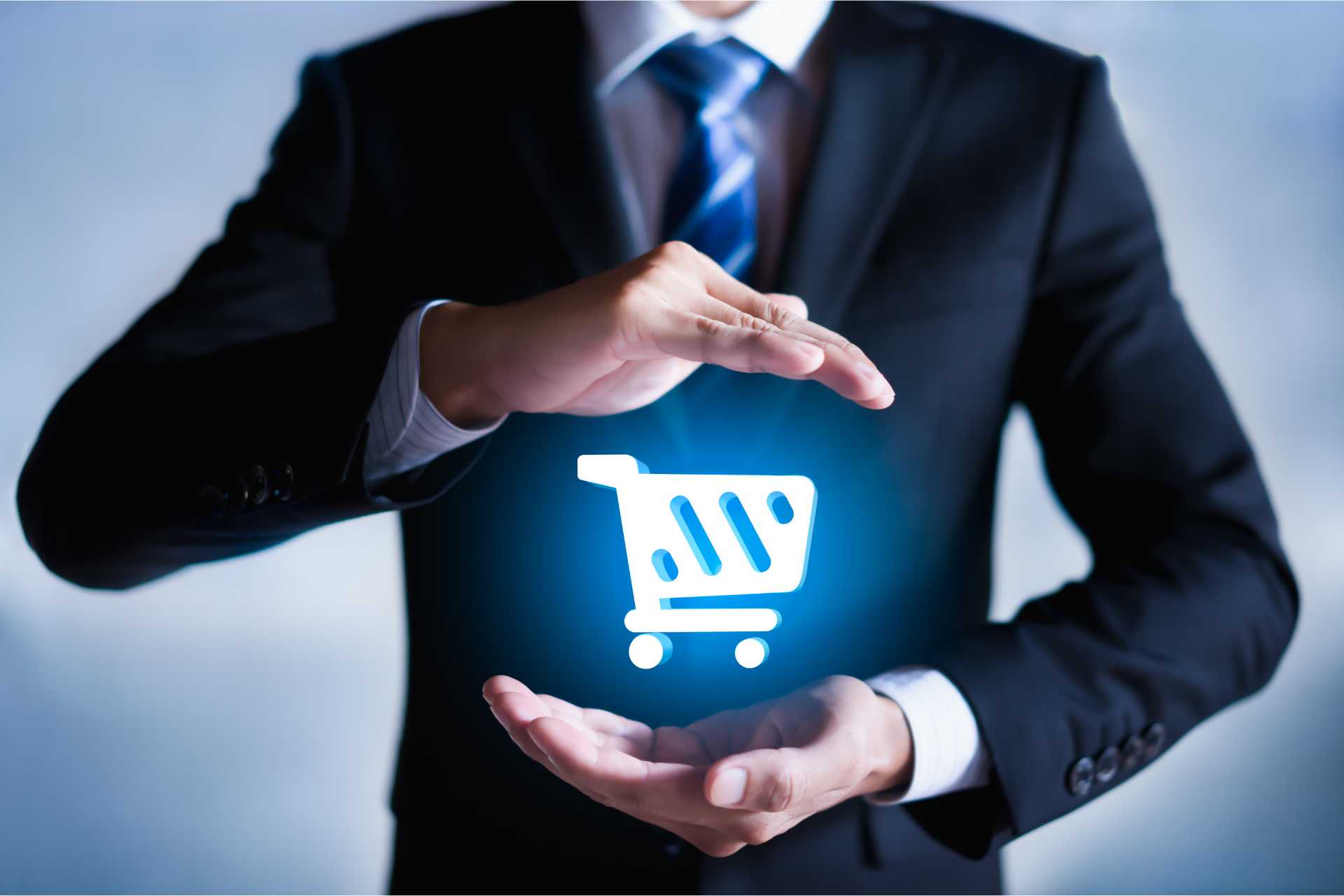Every marketer is considering what consumers actually want as we are entering a new year. The new business battlefield is focused on providing what customers want, which, spoiler warning, is what content marketing is all about.
Meeting customers where they are while impressing them with knowledge over superficiality is what should be prioritized.
Thus, where should you direct your attention? How then?
Trend #1 - A Blended Approach to Shopping
Although not in the way you may expect, the epidemic has altered how people purchase. The transition from traditional brick-and-mortar stores to internet retailers will not be as straightforward as that.
Because they can physically touch and see the things, 48% of customers still prefer in-person shopping, and even those who prefer internet shopping say they don't do it entirely.
The growth of online buying is still evident, though. For instance, internet shoppers increased by 4.4 YoY between 2020 and 2021. That's an extra 900 million people!
Online shopping was available before the outbreak, and people will continue to prefer it long after the pandemic is over. What has changed is the way we (the general public of consumers) view online and in-store buying as distinct categories for distinct kinds of goods.
The choice to purchase online won't be influenced by the type of product. It will just rely on what the customer wants at the time.
Trend #2 - In need of Convenience
In a period when business paradigms were turned upside down due to social distancing precautions, brands had to get inventive.
Luxurious sit-down restaurants started offering takeaway in the last year, merchants started offering curbside pickup, and hygiene-driven initiatives like cashless payment and contactless delivery gained popularity.
Future consumers are unlikely to want to give up these comforts. Whether it's a home-cooked meal or takeout from their favourite Italian restaurant, 44% of people still prefer to eat at home.
Brands will need to consider how they'll restart regular operations while also providing the additional convenience alternatives that customers are now accustomed to and are likely to continue requesting as pandemic safety measures ease.
Trend #3 - Homes Become Hubs
When they weren't doing anything else, individuals used to go home. Now? We can pretty much do everything there. 90% of the time that the typical North American consumer spends indoors!
We spend time at home eating, sleeping, and working. where we shop. where we work out. Our homes have evolved into the centers of our most significant activities, and this trend isn't about to change anytime soon.
Our daily activities at home have changed for good. According to a study by Accenture, 46% of employees anticipate doing more remote work in the future. As more individuals started working out at home in 2020, sales of pricey in-home gym equipment like treadmills and stationary bikes increased dramatically.
We can now have face-to-face conversations over long distances with family and friends thanks to smartphones, tablets, and other gadgets. We have been completely accustomed to such a mode of socializing today.
Consumers are likely to continue participating in their at-home activities after the epidemic since they have already invested in them. While companies whose old business models relied on customers coming to them will need to adapt, firms whose products can profit from this trend (like home office equipment) will flourish (like gyms offering both in-person and virtual fitness classes).
Consumers will welcome the return to normalcy, but they'll continue to work more from home, according to the key trend.
Trend #4 - There is a decline in brand loyalty among consumers.
For a long time, one of the most reliable strategies to increase income and sales was to cultivate customer loyalty. But is brand loyalty declining among consumers?
According to Raydiant's State of Consumer Behavior 2021 survey, 48% of consumers have switched to an online option for a product they often buy in-store because of the epidemic. One-fourth of consumers claim to be changing bands more frequently than ever.
Although they may not represent the majority, these figures are nonetheless important.
It doesn't really matter why a consumer switched companies in the first place, which is the harsh reality for brands. The only thing that matters is whether the client now favors that new brand.
More and more buyers are turning to reviews to guide their purchases. 89% of consumers will check online reviews before placing an order. By assembling a database of customer testimonials, you can stand out from the competitors.
Consumers now have more alternatives and greater access to their selections than ever before because of increasing conveniences including faster shipping times generally (even same-day in many situations) and a higher-than-ever online presence from firms across industries.
The ensuing pattern of behavior? No matter their past purchasing habits, consumers will test more options and pick the one they like most.
Brand loyalty is still valuable and useful, but businesses can never take it for granted.
Trend #5 - Consumers today choose brands that share their personal values.
Consumers look for value in a variety of locations outside only high-quality goods and satisfying customer experiences. Consumers today choose to purchase products from companies that share their personal values.
One of the trendiest themes in the retail sector is sustainability. Since 2016, there has been a 70% increase in searches for sustainable items.
This phenomenon is not entirely new. However, customers are more aware than ever of how businesses view and handle social issues and adopt environmentally friendly methods; 89% of customers are more willing to buy from a company they believe has a good influence.
Trend #6 - VR and AI are becoming more integrated into marketing.
Since years, AI and VR have been on the increase, and 2023 will be no different. What was initially something that only very large businesses could afford to experiment with has gradually made its way down to the mid- and small-business sector.
Businesses are beginning to streamline their VR initiatives so that the typical consumer can use them. Their use-case makes their high price point more acceptable. With the Quest 2 VR headset, which was primarily designed for gaming, META had its most successful VR headset launch to date in 2022.
Platforms for marketing automation and management are increasingly incorporating AI to expand the data they offer. The information that was previously discovered through manual A/B testing is now at the fingertips of marketers.
In the upcoming years, consumers will also be adopting AI more widely. Customers are willing to purchase from companies using AI in 73% of cases.
Trend #7 - Spending will rise, but consumers are more selective than ever!
The Consumer Energy Index and Retail Pulse Survey conducted by Forrester in July 2022 revealed that 64% of US adults are worried about the prospect of an economic downturn. However, according to Forbes experts, this is not a cause for concern over consumer spending.
Buyers will be more selective than ever due to their cautious attitude toward the economy. Quality above quantity is the secret to earning their business. AKA quit wasting money on countless ambiguous advertisements and invest your time and resources in creating informative blogs, landing sites, videos, and social media posts.
Consumers will spend more time investigating their purchases rather than making impulsive purchases, according to the behavior trend to watch. Make the argument for your brand's business case in everything you do.
Final Thoughts
Two themes that run through all consumer behavior trends are raised expectations for the customer experience and a rise in online brand presence.
There are practical ways for businesses to react to these broad trends. To stay in touch with their audiences, they can employ content marketing, which has been shown to be 3 times more effective than all other forms of advertising.
Consumers may "experience" your brand before they ever make a purchase or visit a physical store thanks to high-quality, consistent online content that builds your company's reputation and personality.






